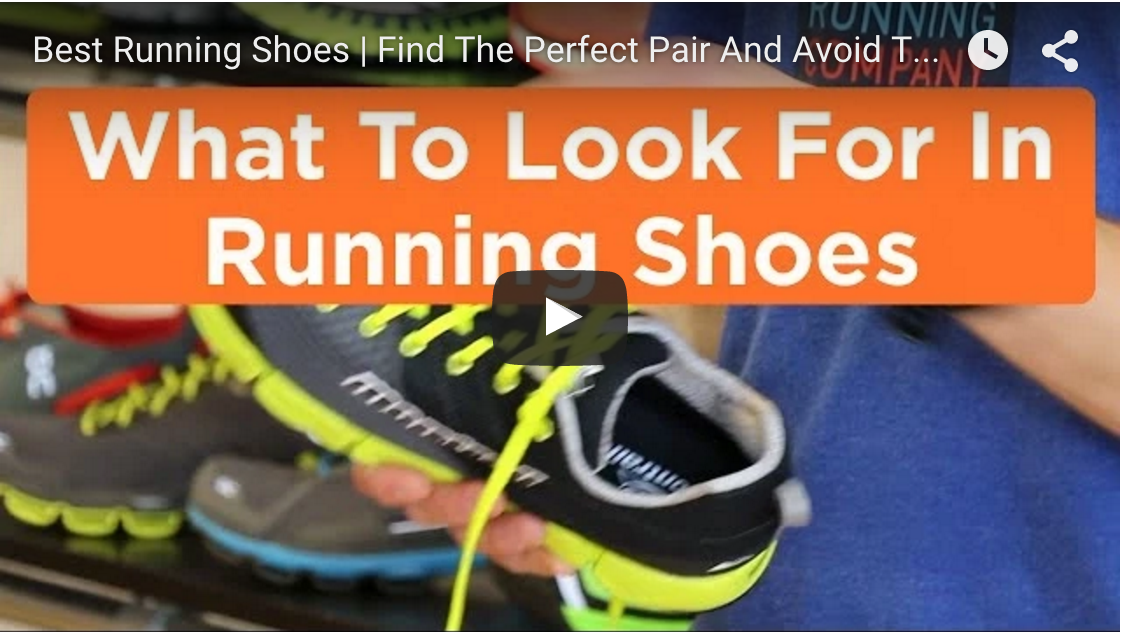Featured on Competitor: Three Tips For Buying Running Shoes

Our 2nd installment for Competitor is up!
Here are three things to know before you buy your next pair of shoes.
Has anyone ever told you they just found the best pair of running shoes? They may have found the best pair for their feet, but how do you know those same shoes are the best for you?
If you go to a running store or look online, the options can be overwhelming. As consumers and runners, we have endless options for both the types and brands of running shoes we choose. And while running brands compete for your money with new fits, colors, and soles, picking the best pair of running shoes is ultimately a personal choice.
So how do you choose? We asked Brett Rivers, owner of San Francisco Running Company, for his pro tips on sorting through the madness and find a perfect match for running bliss.
1. Bigger Is Better
Bigger isn’t always better except when it comes to sizing your next pair of running shoes. As runners, we often gravitate toward a shoe that fits snug, giving us the feeling of comfort and stability when we wear our shoes. But when you run, your feet expand. It can be helpful to go up half a size once you find your perfect pair, according to Rivers. This way, your natural shock-absorbers (your feet!) aren’t stuck in narrow, confining shoes when you’re out on the roads or trail.
2. Lacing Matters
You try on a shoe and everything about it seems right: The fit, the feel, the style. But when you take them out for a spin, your heel slips out! Don’t worry, you can fix this minor issue. Learning to lace your shoes the right way can transform the fit and feel of your running shoes. Watch the video above as Rivers explains how to keep your heels from slipping.
3. Switch it up!
As runners, we’re creatures of habit. How else would we go from race to race, and goal to goal? But sometimes our routine habits (ahem, running on the same sidewalk every day with the same shoes) can result in a season-ending overuse injury if we’re not careful.
So what’s the solution? Variety! Not only should you try running different routes and on various types of terrain, you should also have a few different shoes for your training. It’s smart to switch shoes for a rocky trail run, a track workout or your next steady long run. Using a variety of shoes helps you use slightly different muscles in your feet and lower legs, which can prevent injury.
If possible, have a couple different pairs of running shoes that you rotate through often. Each pair will last much longer and overall, you won’t have to spend any more money than you normally do since you’re spreading out their usage. Variety will help you stay healthy and strong as you become a better runner.
So remember: Bigger is better, lacing matters and add variety. These three tips will help you find and fit into the best running shoes for you and keep running in them for years to come.
This is the second installment in The Run Experience series. Look for more in the following weeks! In the meantime, check out more videos to help you become a better runner at The Run Experience.
